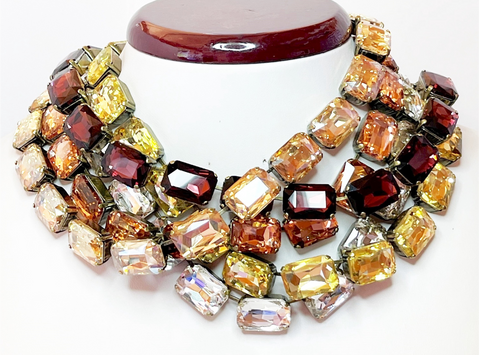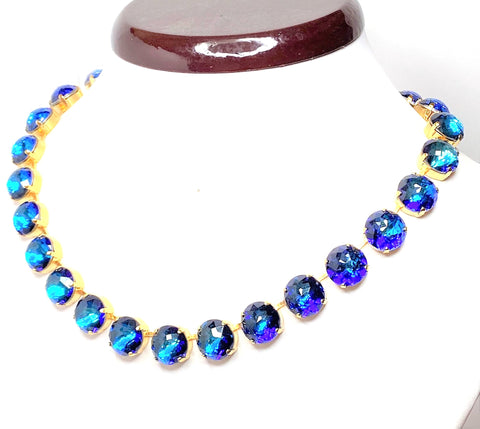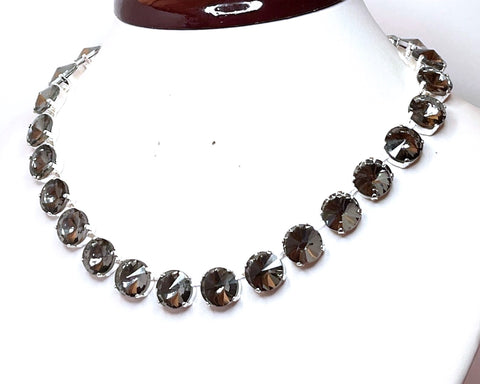Edwardian Era Jewelry Trends: Exploring the Popularity of Antique Brass and the Introduction of Gold and Silver Plating

Antique brass was a popular material for jewelry during the Edwardian era for several reasons. Here are some key points:
-
Aesthetic Appeal: The Edwardian era, which lasted from 1901 to 1910, was known for its elegant and sophisticated style. Brass, with its warm golden tone, fit well with the aesthetic preferences of the time.
-
Affordability: Brass was less expensive than gold or silver, making it accessible to a broader segment of the population. This affordability allowed more people to participate in fashion trends without the high cost associated with precious metals.
-
Versatility and Durability: Brass is a malleable metal that can be easily worked into intricate designs, which were popular during the Edwardian era. It is also more durable than some other metals, which made it suitable for everyday wear.


As for the introduction of gold-plated and silver-plated jewelry, these techniques became more popular in the late 19th and early 20th centuries. The development of new plating techniques made it possible to create jewelry that had the appearance of solid gold or silver but was much more affordable. This coincided with the rise of the middle class and a growing demand for luxury goods that were accessible to more people.
Fashion Trends: As fashion trends evolved, there was a continuous demand for diverse jewelry styles. Plated jewelry allowed for a wide range of designs, from simple to elaborate, catering to various tastes and preferences.
Gold and silver plating involved applying a thin layer of gold or silver over a base metal, usually brass or copper. This process allowed for the production of jewelry that looked like it was made from solid precious metal but was much more budget-friendly. The popularity of plated jewelry continued to grow throughout the 20th century as it allowed for a wide range of styles and designs at different price points.

Antique brass was a popular material for jewelry during the Edwardian era for several reasons. Here are some key points:
-
Aesthetic Appeal: The Edwardian era, which lasted from 1901 to 1910, was known for its elegant and sophisticated style. Brass, with its warm golden tone, fit well with the aesthetic preferences of the time.
-
Affordability: Brass was less expensive than gold or silver, making it accessible to a broader segment of the population. This affordability allowed more people to participate in fashion trends without the high cost associated with precious metals.
-
Versatility and Durability: Brass is a malleable metal that can be easily worked into intricate designs, which were popular during the Edwardian era. It is also more durable than some other metals, which made it suitable for everyday wear.


As for the introduction of gold-plated and silver-plated jewelry, these techniques became more popular in the late 19th and early 20th centuries. The development of new plating techniques made it possible to create jewelry that had the appearance of solid gold or silver but was much more affordable. This coincided with the rise of the middle class and a growing demand for luxury goods that were accessible to more people.
Fashion Trends: As fashion trends evolved, there was a continuous demand for diverse jewelry styles. Plated jewelry allowed for a wide range of designs, from simple to elaborate, catering to various tastes and preferences.
Gold and silver plating involved applying a thin layer of gold or silver over a base metal, usually brass or copper. This process allowed for the production of jewelry that looked like it was made from solid precious metal but was much more budget-friendly. The popularity of plated jewelry continued to grow throughout the 20th century as it allowed for a wide range of styles and designs at different price points.


